Three years ago, professor Lucas Brown’s students in Green Mountain College’s Renewable Energy and Ecological Design (REED) class built a custom-designed tiny house, a 96-square-foot structure with a sleeping loft “upstairs” and a 300-watt solar powered electrical system.
This semester, his class went one better, constructing a 70 square-foot “living system” that can be towed on a standard 5 X 8-foot trailer. The pod-shaped tiny house includes indoor plumbing in the form of a composting toilet, a rainwater collection system, and a single 120-watt solar panel to provide electricity. The class has dubbed the structure OTIS (Optimal Traveling Independent Space).
The class of 16 students challenged itself to design and build a living space with enough room for one person, that could be easily towed behind a typical 4-cylinder vehicle, and could provide its own water and electricity.
Environmental sustainability is the foundation of the college curriculum, and REED students are interested in finding ways to reduce consumption of fossil fuels and leave a smaller ecological footprint. But Brown thinks there is something more at work behind his students’ enthusiasm for the project.
“The appeal of living a more nomadic lifestyle represents a new take on the American Dream, especially among students in this millennial generation,” he said. “Lots of writing on the millennials suggests that our suburban growth model perpetuated over the last 50-60 years is starting to come to and end. They (students) aren’t interested in being tied down with rent or a mortgage right after college. Something about having their own living space which is very low maintenance and very mobile suggests a different set of priorities.”
“It’s got its own solar system to power itself, and a bath and kitchen are independently supplied by rainwater,” said senior Mike Magnotta. “At the end of the day, you just need the environment to sustain yourself. You’re not tied down to a piece of land and be stuck somewhere. You can really go anywhere and do anything.”
Students broke into teams to study and develop water, energy, heat and building envelope systems. Kellin Banks was charged with managing the water systems. “How to turn something that most people don’t want to think about into a valuable resource--that was an interesting challenge,” she said.
Images and video by Eric Hudiburg
 |
 |
A note from Ecohome: We originally came across OTIS on Tiny House Swoon. If you're a Tiny House enthusiast, check them out, you won't be disappointed.




















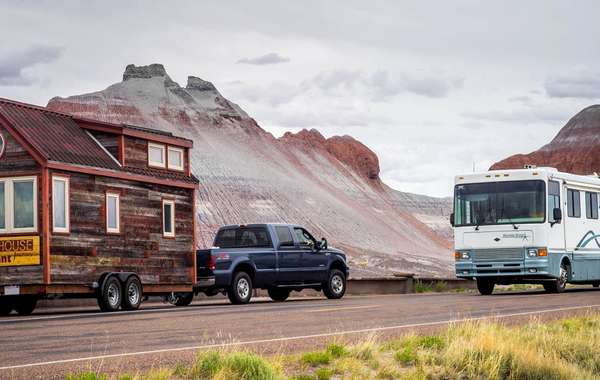


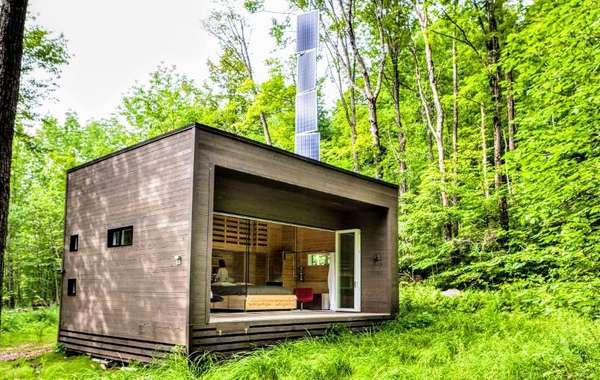

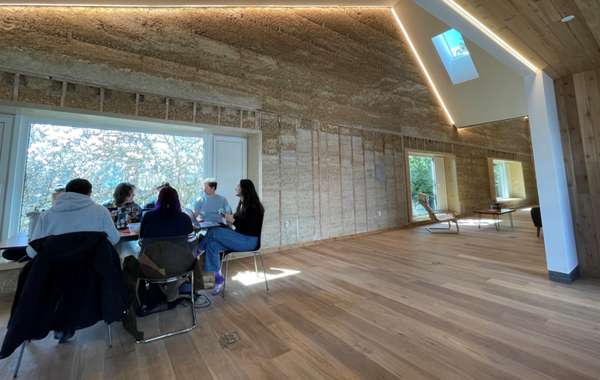
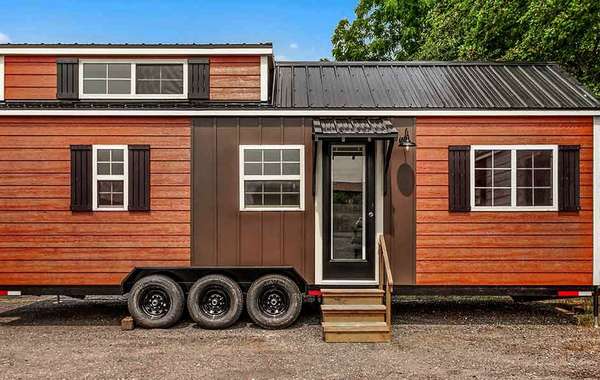
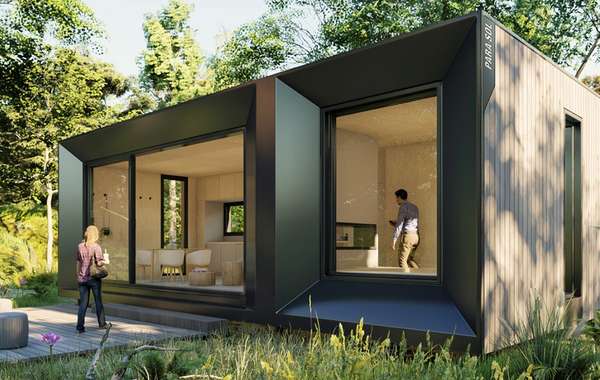
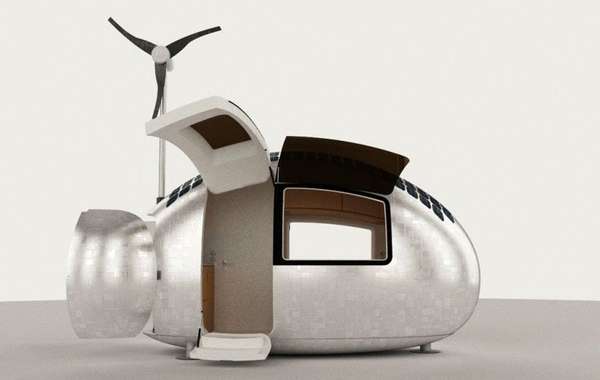
Comments (0)
Sign Up to Comment